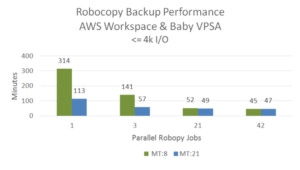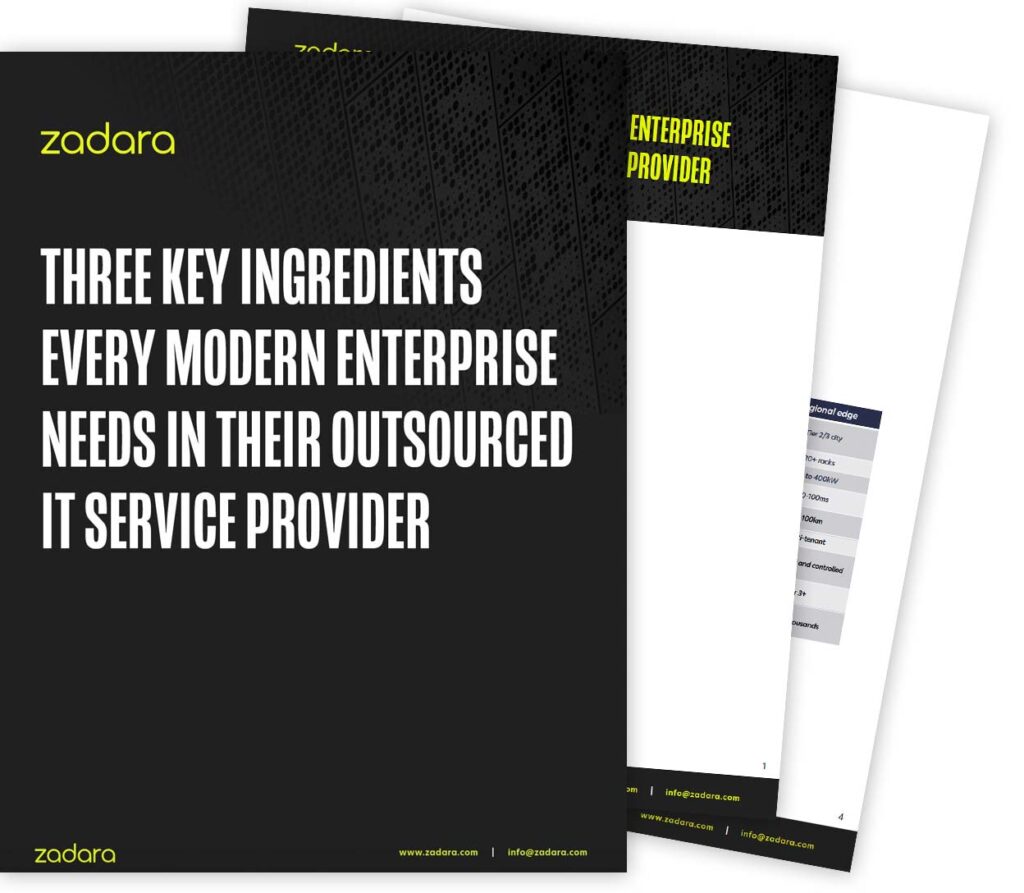
How to Reduce Robocopy Backup Time of SMB Volumes in the Cloud
Even though Microsoft’s Robocopy is multi-threaded, the utility inherently limits the number of outstanding I/Os which it can issue to your VPSA. This is simply due to the fact that it has to read and traverse your directory structure while collecting the data for backup. This causes delays in processing which are exacerbated by network latency.

